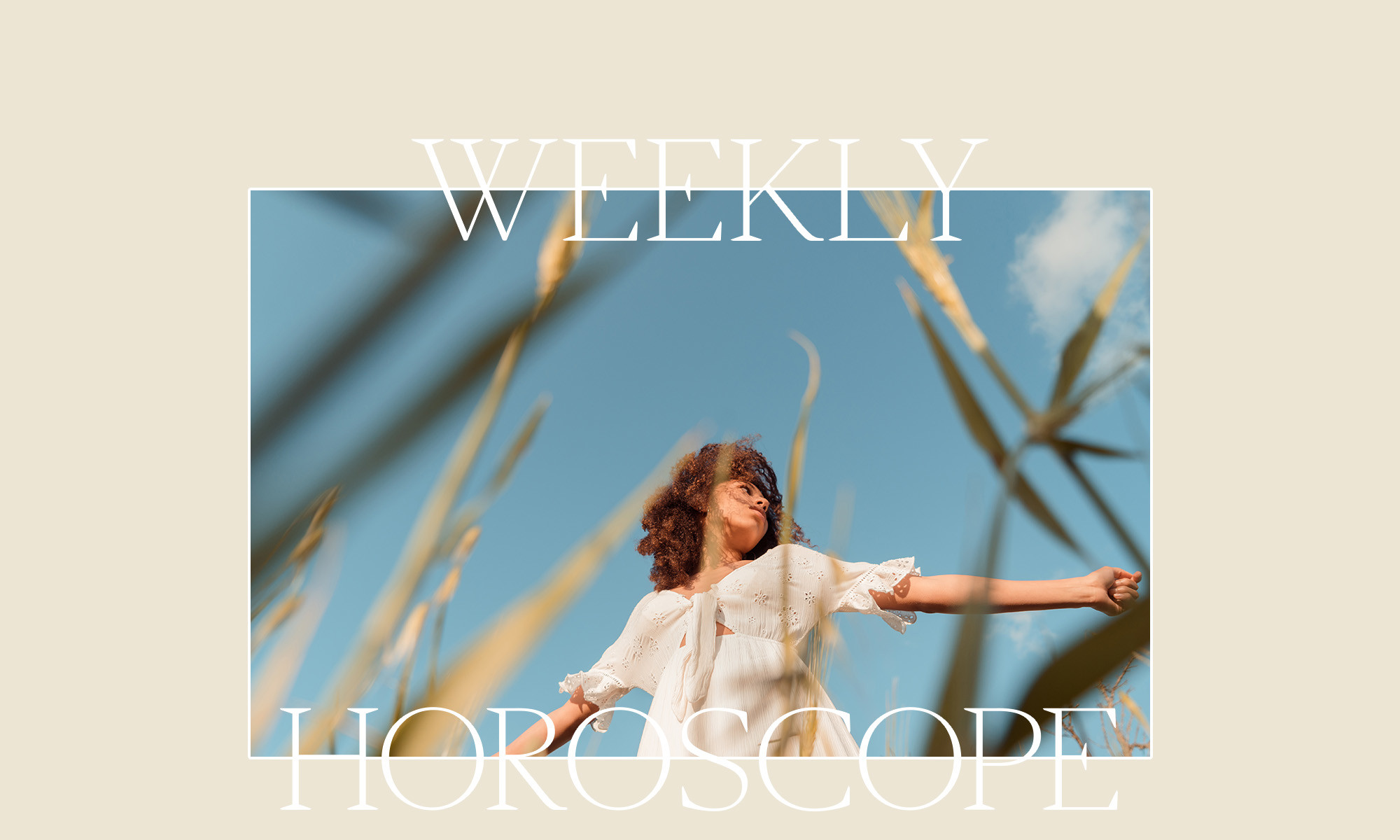How to Safely and Confidently make your way into Yoga Inversions and Play Around Upside Down!
The post How to Safely and Confidently make your way into Yoga Inversions and Play Around Upside Down! appeared first on The Yoga Nomads.
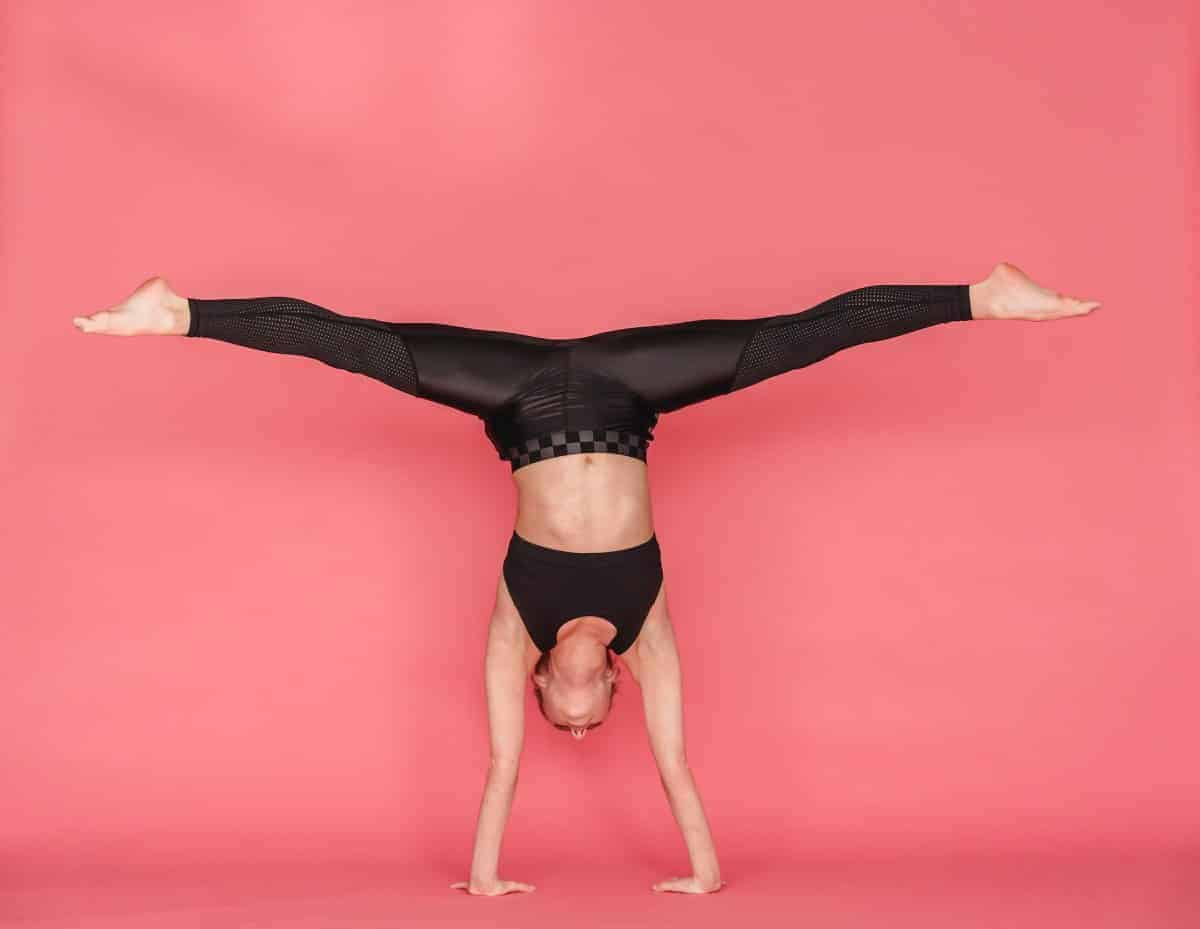
Ever wondered how those yogis balance their bodies on their hands and heads, seemingly with ease? Sometimes it may even feel as though they are defying gravity with their inverted balance poses. But, the secret is, these yoga inversions can be safely attempted by anyone. Yes, including you!
Let’s look into the wonderful world upside down and how you can fearlessly conquer an inversion.
What is an inversion? Yoga terms you need to know!
In yoga, an inversion refers to any pose in which the body is turned upside down, with the hips and chest generally higher than the head. This can include balancing on your forearms, head, shoulders, chin, or hands, but can also be extended to include a deep backbend where your hips are higher than your head.
Although it may seem scary to try inverted yoga poses, it is sensible to work on building strength first and gaining confidence in preliminary poses before trying to jump straight into balance poses. With time and commitment, inverted poses can become a natural part of your yoga practice. You may even find that your energy levels and excitement increases as you begin to master some of the inversion poses.
Benefits of Yoga Inversions
What could possibly be the benefits of being upside down when we were born to stand on our feet? Well, after working on an inversion practice, you will start to experience some of the benefits for yourself.
Inversions help the blood flow from your feet back down to your heart, to be refreshed, renewed, and recirculated. Blood flow naturally moves with gravity, so allowing your body to flip upside down for a while supports the blood to move easily in the other direction. This improved circulation can also help to reduce pain in some areas of the body.
Being inverted also supports the lymphatic system and lymphatic drainage, for the same reason as it does with the blood flow. The lymphatic system is present throughout the whole body, and when you turn yourself upside down, you are helping to cleanse and detoxify this body system too.
Inversion poses also work on your ability to balance and help to build your abdominal muscles the more you practice. The physical benefits of building strength will cascade on to have an overall positive effect on your body. Plus, focusing on improving one skill and working hard to master it will help you to stay focused on your yoga goals.
Inversions also provide mental benefits, because not only will you see a different perspective of the immediate world around you, but you may also gain new insights and ideas about the greater environment and world for the future.
You can experience a feeling of success and happiness as you learn to float through the skies, while on a physical level, the psychological benefits result from more oxygen uptake in the brain when your head is upside down.
Additional benefits include an improved immune system and emotional growth. Inversion yoga poses really are a wonderful addition to any yoga practice, for both beginners and advanced yogis alike!
Safety precautions to consider when doing yoga inversions
If you have high blood pressure, it is advised to seek medical advice before practicing yoga inversions because being upside down can increase blood circulation to the head and heart area, and perhaps worsen some health conditions.
You should also take precautions with yoga inversions if you have had any injuries to your neck muscles or spinal cord (particularly the cervical spine) or any other musculoskeletal injuries.
Due to the higher risk of injury in inversions compared to other yoga poses, it is also advised to work on your yoga inversions with the supervision of a yoga teacher or at least a trusted friend. This will help you to avoid injury and soak up the many benefits that these poses can bring instead!
Working up to yoga inversion poses
Jumping straight into a headstand carries many risks, which is why it is advised to gently work on your strength and improve your balance slowly before you add any inversions to your practice.
You can build up your inversion practice through the following poses:
Downward-facing Dog Pose (Adho-Mukha Svanasana)
Downward facing dog pose helps to build shoulder strength and works on increasing the activity in the muscle groups responsible for balancing on your hands and shoulders.
To build strength in a downward-facing dog, make sure you are active in your hands, pressing all ten of your fingers into the mat beneath you. Really lengthen your spine and hold here with your muscles active for a few breaths.
To progress from a downward-facing dog to prepare for a handstand, you can walk your legs up the wall to practice a half-handstand position. This will really help to strengthen your upper body and prepare you for free-standing arm balances in the future.
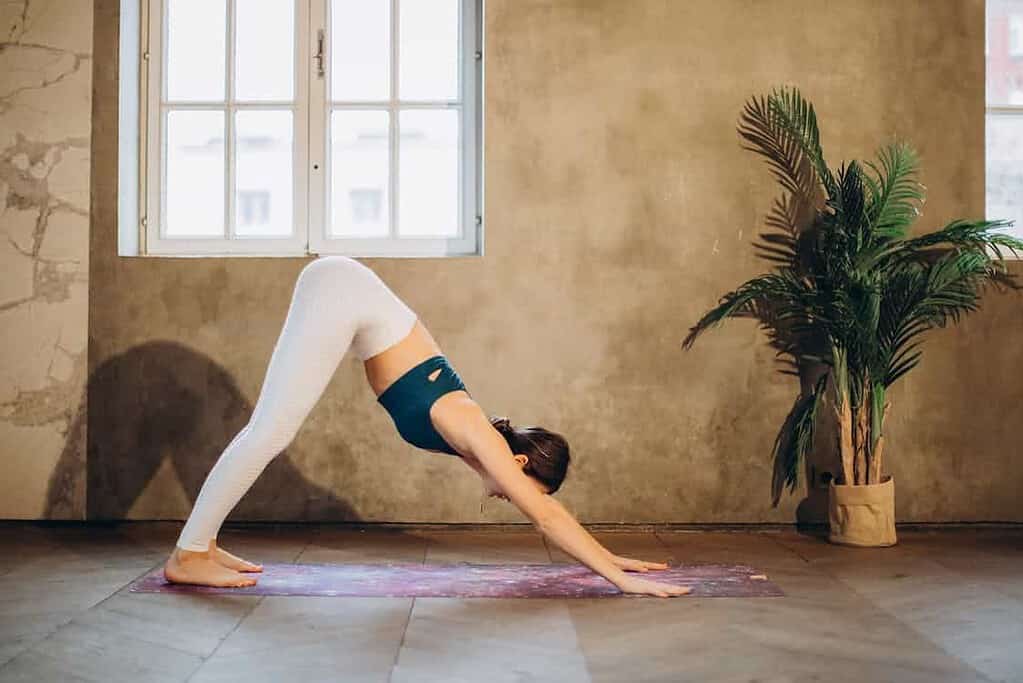
Dolphin Pose (Catur Svanasana)
Dolphin pose is another great variation to try to build upper body strength. From your downward-facing dog, drop your elbows to the ground, and ensure that they stay shoulder-width apart. Press your elbows and forearms into the floor and work on lifting your hips to the sky. This is a great place to begin to lift one leg at a time, perhaps even progressing to lift two feet off the ground and walk your legs up the wall, similar to a half-handstand pose, but instead it will be preparation for a forearm stand pose.
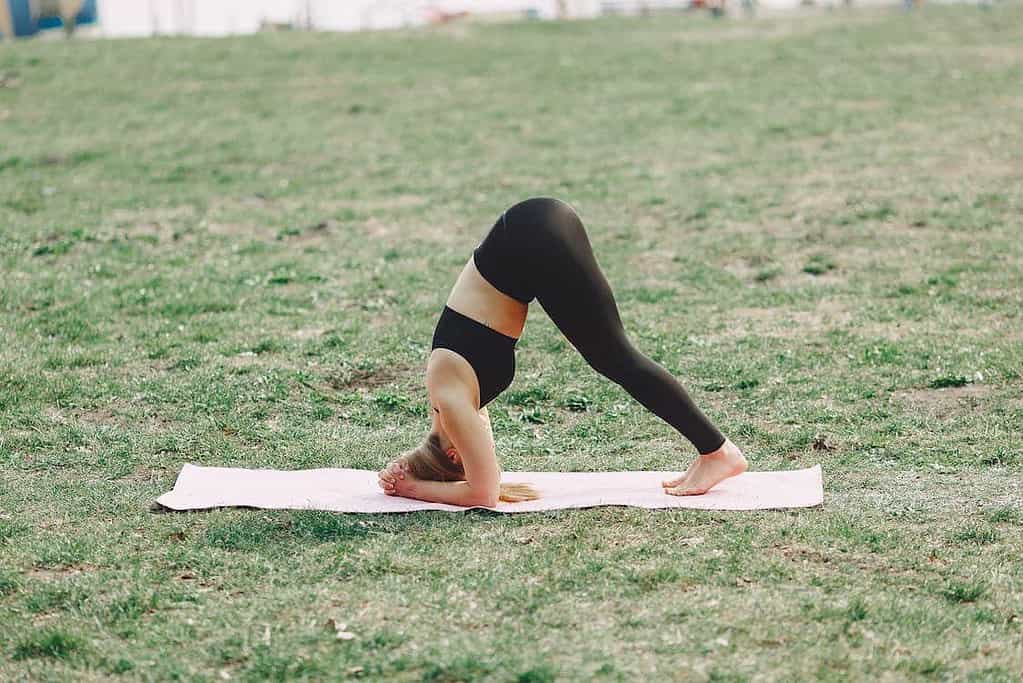
Shoulder Stand (Salambha Savangasana)
A shoulder stand is another inverted pose that helps to build strength in the spine. If you need extra support, you can use a folded towel or blanket beneath your neck and shoulders to give cushioning to this area.
Start laying on your back, pull your knees bent into your chest, and then, with your hands supporting your lower back, raise your feet to the sky. Imagine extending your big toes upwards and growing tall in your entire body. Hold it here for a few breaths.
If you feel warm and flexible in your spine, you can drop your feet to the floor above your head, coming into a plow pose. Don’t forget to breathe and enjoy the deep and nourishing spinal stretch.
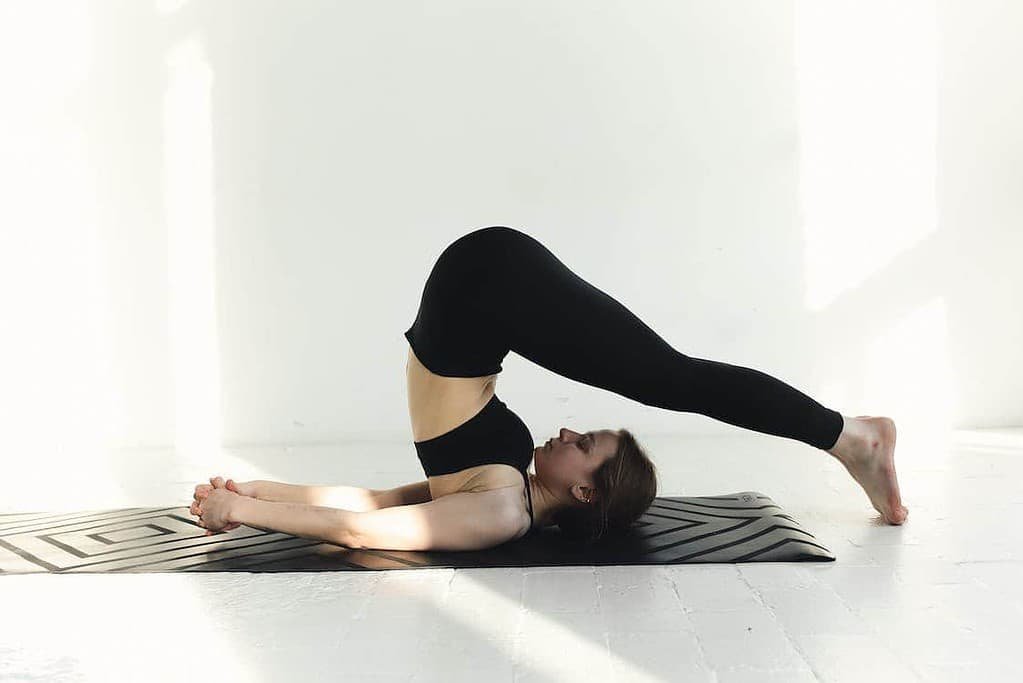
Tips for yoga inversion poses:
You can always support your body with blankets, a yoga block beneath your hips, or use the wall for extra balance. When practicing upside-down poses make sure you feel fit and healthy and free from any muscle tears or sprains, or joint or bone injuries. Do not go upside down if you have high blood pressure. To prevent yoga-related injuries, discuss these poses with a yoga teacher before progressing into more difficult inversions. Warm up with a variety of other poses before working on any yoga inversion. If you feel dizzy or lightheaded, come back to a child’s pose for a few breaths. Always breathe deeply when you are in a yoga pose, if you have stopped breathing it means that you have gone past your safe limit.Advanced Inversion Yoga Poses
If you have warmed up your body and progressed through the beginner poses, you may feel that it is time to start learning some more advanced poses!
Advanced inversions are advised to be practiced in a studio, or with a friend around to support you and your body. Difficult asanas can cause injury, so ensure that you are feeling strong in both your body and your mind before you begin.
When you are ready, here are some advanced yoga postures for you to try!
Forearm stand (Pincha Mayurasana)
A forearm stand requires strength in the entire body as most yoga inversion poses do. Start in a dolphin pose and gently begin to lift one leg off the floor until you feel the weight of your body shift into your forearms. You may float your other leg off the floor too, with the aim to bring both feet together with your legs straight and your entire body from elbows to toes lining up in one straight line.
To release from this pose, slowly bring your feet back to the mat with control and come into a child’s pose to reset your nervous system.
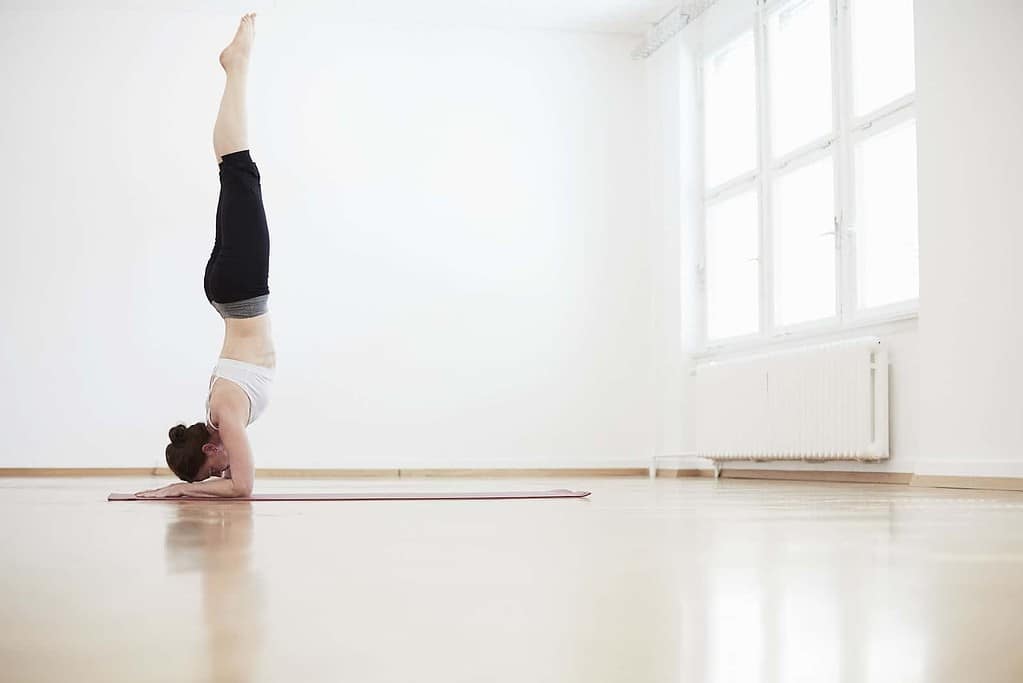
Handstand Pose (Adho Mukha Vrksasana)
To come into a handstand, start in a downward-facing dog and then walk your feet a little closer to your hands. Begin by shifting your body weight into your hands, and seeing how it feels on your wrists. Activate your fingers as you press your whole hands firmly into the mat.
Practice lifting one foot at a time, hopping one leg into the air. Feel a moment of suspension in mid-air and enjoy the sensation of flying. This inversion pose is one that is hard to master, so be gentle with yourself as you build up strength. Yoga inversion poses will improve over time and with the consistency of commitment to practice.
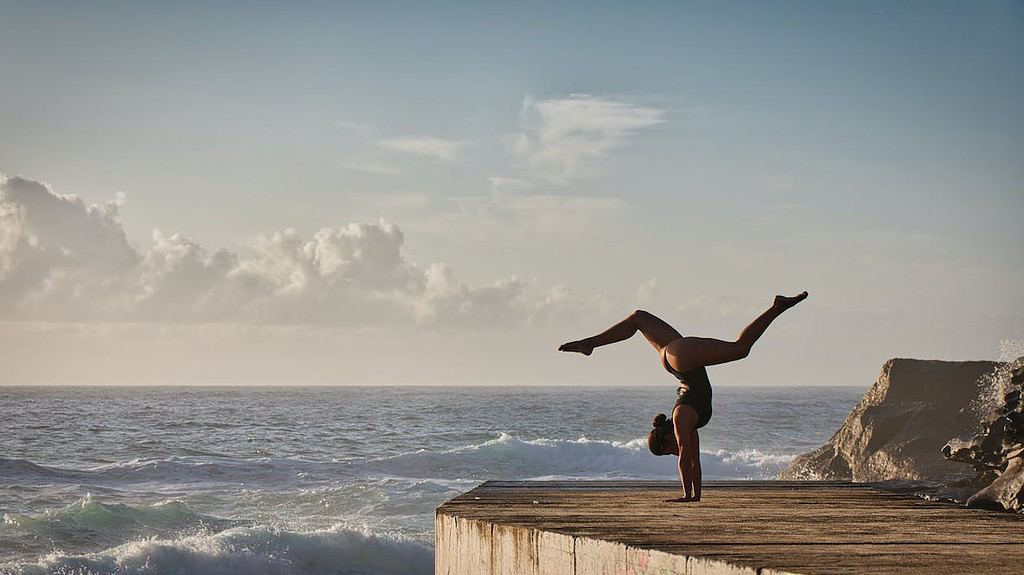
Crow Pose (Bakasana)
The crow pose is one of the inverted poses that doesn’t feel so scary because your face is not too far from the ground. To work on this arm balance yoga inversion, start in a yogi squat (malasana) and place your hands on the floor. Spread your fingers wide and activate the different muscle groups in your arms – your fingers, wrists, and forearms in particular.
Begin to shift your weight forward into your hands and play with lifting your toes off the floor. Maybe one foot at a time, maybe both, but ensure that you are looking at the top of your mat so that you don’t crash down on your face. Breathe and balance as you enjoy this wonderful inversion yoga pose.
To counteract this pose, come to a standing forward-fold pose, with your feet hip-width apart, and place the palms of your hands underneath your feet. This will allow the wrists to be stretched in the opposite direction and to give the hands a gentle massage.
Recovery and counter poses are very important for maintaining high energy levels and restoring the nervous system after difficult poses. They will help to prevent injury as you build up your powerful inversion practice!
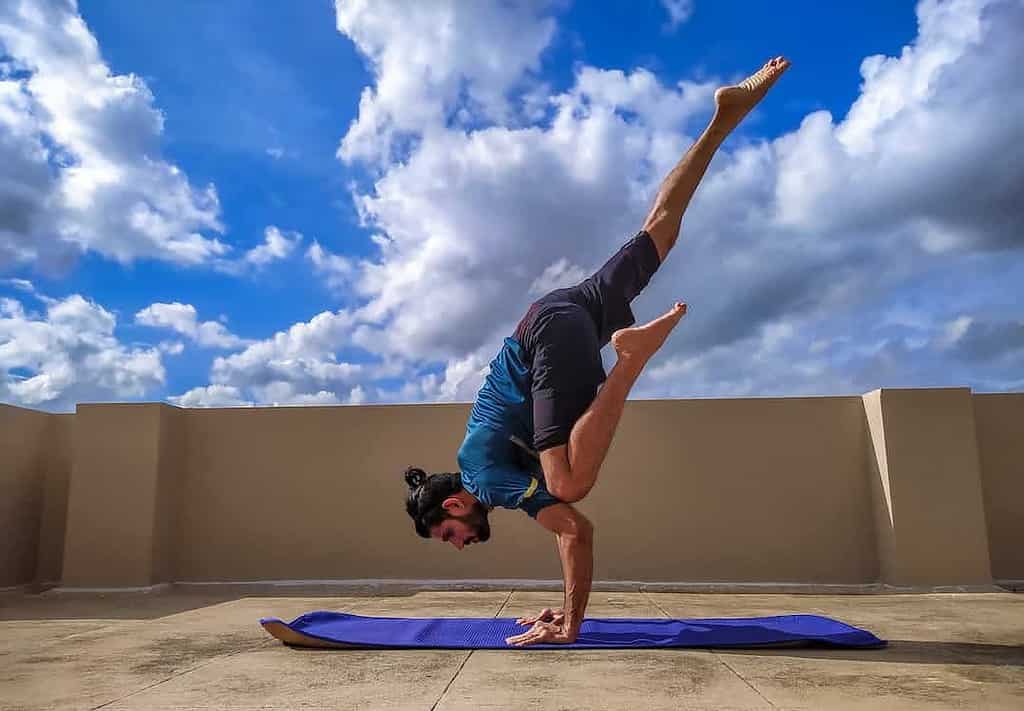
Headstand (Sirsasana)
Only attempt a headstand if you have enough strength and balance in your core and your spine. If so, you can take an option with your fingers interlaced to support the head, or you can try a tripod variation and have your hands out at the sides.
If you are still learning, you can practice with a headstand stool to support your body and reduce the risk of injury.
Whichever variation you choose, start in a child’s pose and slowly roll the weight of your body onto the crown of your head. As you come up into this inversion yoga pose, activate your core muscles. You can extend your feet to the sky or you can take a number of variations with your legs and feet.
Hold this pose for as long as it feels good. When ready to release, come down into a child’s pose and rest for a few deep breaths to allow the spine and body to readjust.
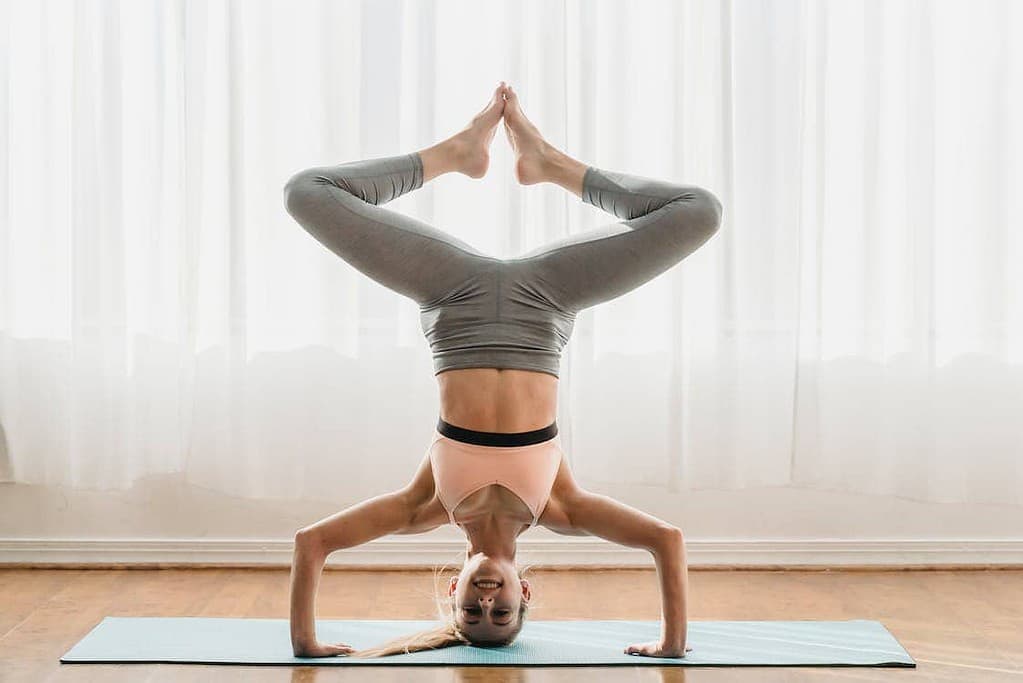
Full Wheel Pose (Chakrasana)
The final inversion we will look at today is the full wheel pose. For this inversion, warm up your spine with a few motions through your bridge pose, rolling the spine on and off the floor. Then, when you feel ready, take your hands beside your ears and press the body up into a deep backend known as full wheel pose.
This intense pose opens up the front of the body. Ensure that you are breathing deeply here. Stay for 1 minute or so, before gently releasing onto the floor. Lay flat on your spine and bring your knees into your chest to rest the body.
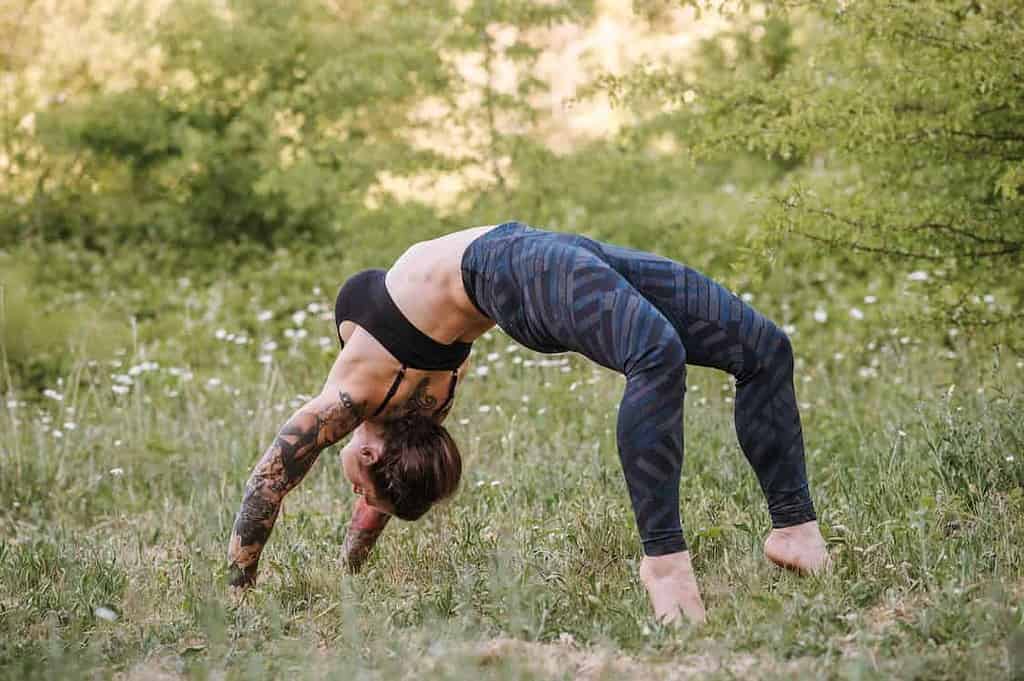
Frequently Asked Questions:
What are yoga inversions good for?
Yoga inversions help to build strength, balance, confidence, creativity, energy, and expansion. On a physical level, you will experience better blood flow, more muscle mass, and overall strength. On an emotional level, you may have more focus, determination, and clarity as you see the world from a new perspective.
What are some yoga inversion poses for beginners?
For beginners, it is recommended to start with handstands on the wall, a dolphin pose to build strength in the shoulders, and shoulder stands to strengthen the spine.
What is the most difficult inversion?
Balances and inversions will always continue to progress as long as you keep working on them. Handstand is one of the more difficult poses to master as you are managing your whole body weight distribution on the small surface area of the palms of your hands. But as you do this, you will begin to open up to a whole new world of variations and challenge yourself to keep growing your inversion practice!

 Koichiko
Koichiko 







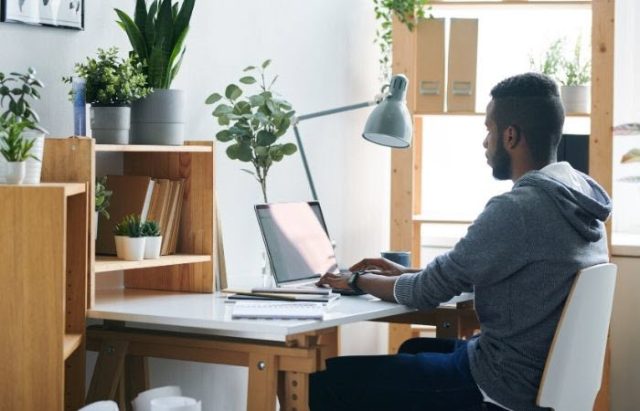
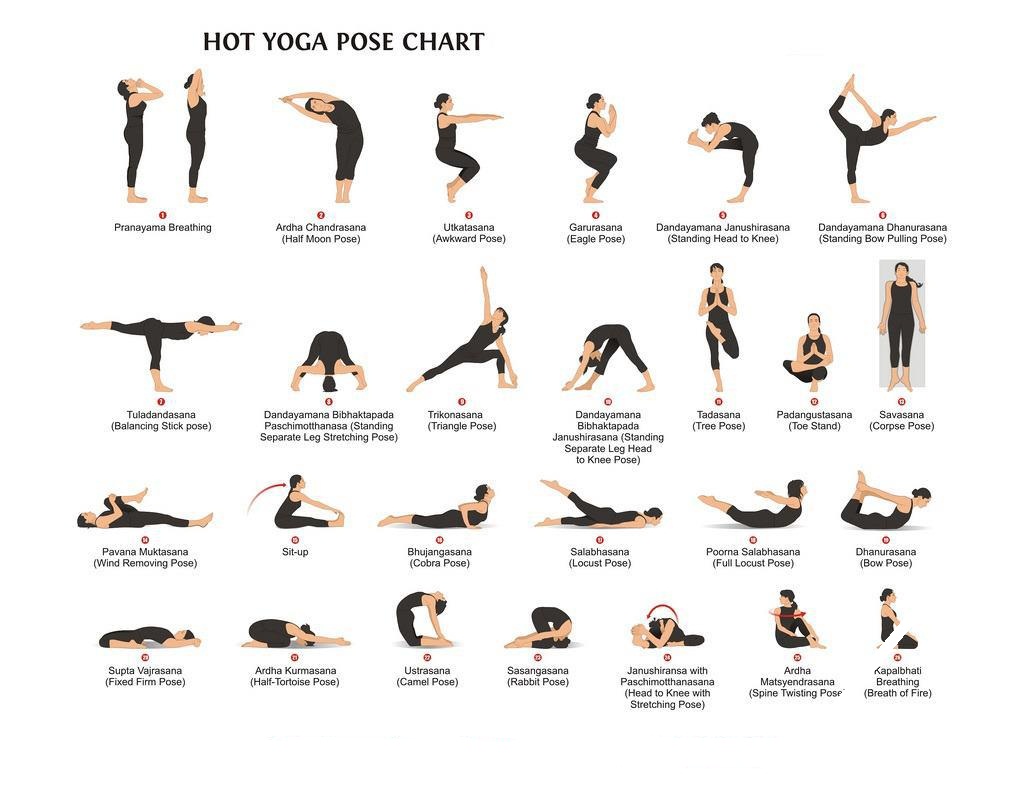















.jpg&h=630&w=1200&q=100&v=f776164e2b&c=1)





